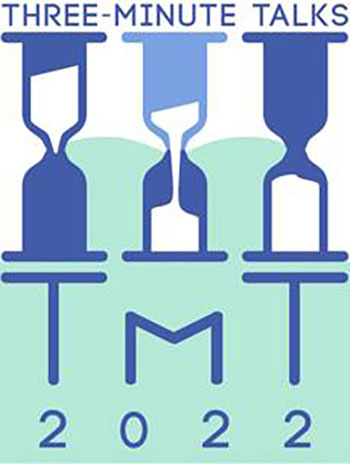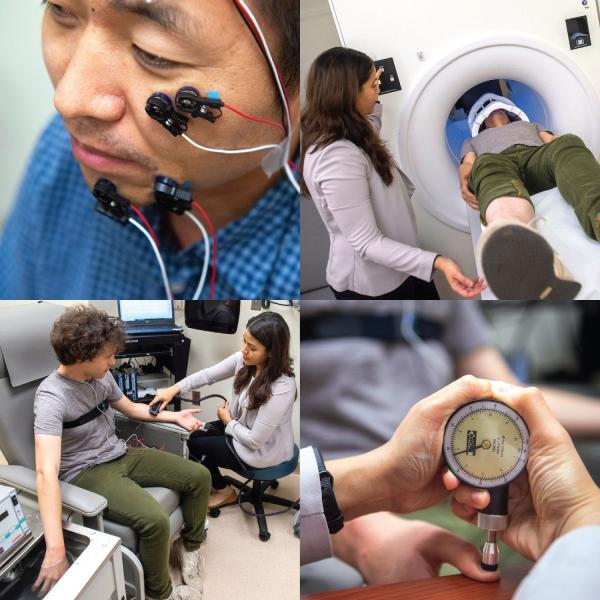Toxic Protein and Aging Combine Forces to Drive Brain Disease
IRP Study Suggests New Therapeutic Targets for Pair of Age-Related Illnesses
Aging wears down all parts of our bodies, from our bones to our brains. It’s no surprise, then, that it’s the main risk factor for neurological illnesses like Parkinson’s disease and dementia. However, the precise reason why has long remained a mystery. New IRP research suggests that the aged brain is a fertile ground for the spread of a harmful protein associated with several neurological diseases, and that the toxic protein itself ages immune cells in the brain.










